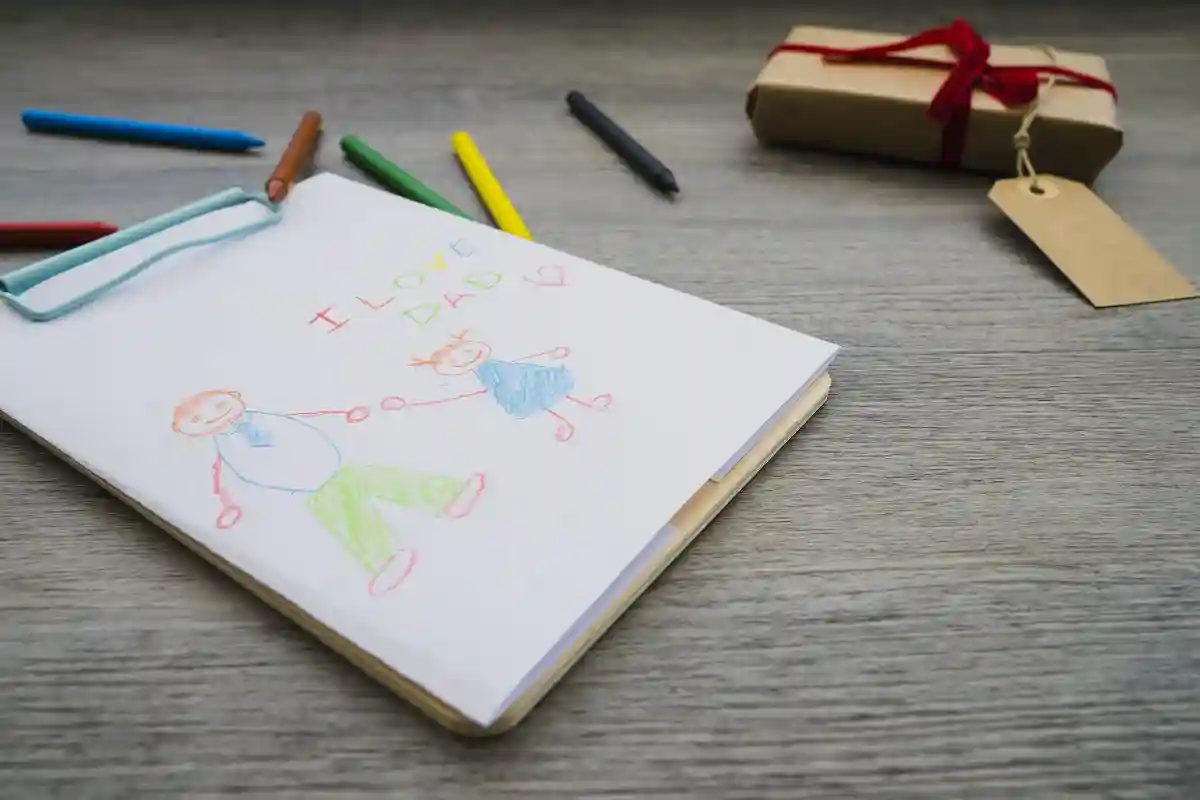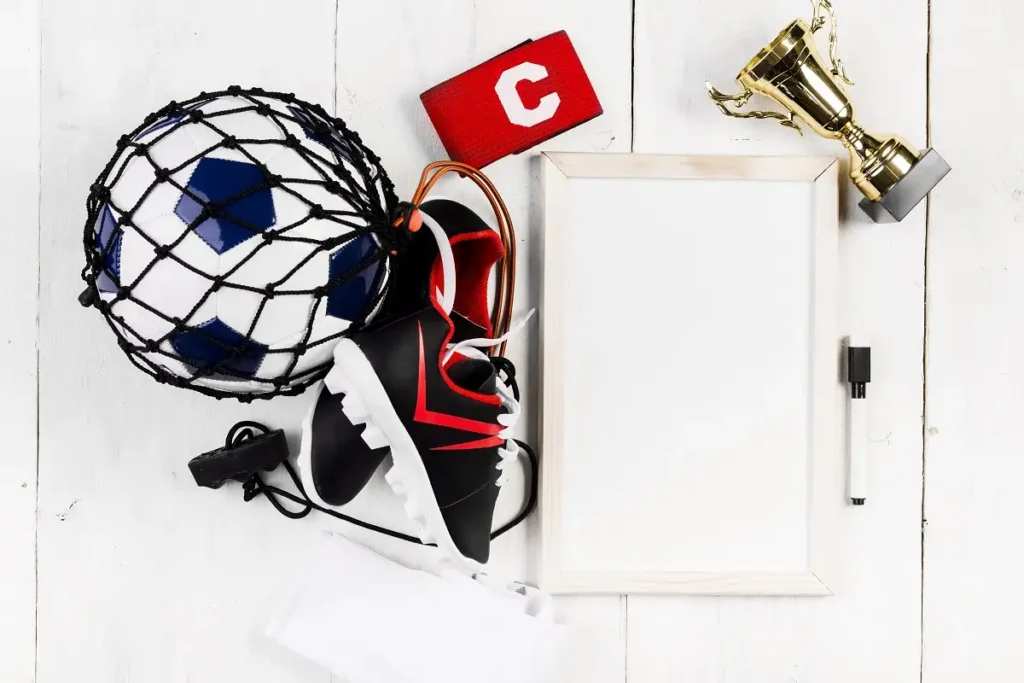Drawing is one of the most accessible forms of self-expression. Whether you’re a complete beginner or an experienced artist, it’s a skill that can be developed with practice, creativity, and exploration. Sometimes, the hardest part is figuring out where to start—especially when faced with a blank canvas or a sketchpad. In this guide, we’ll explore simple:o4lapcf2juy= drawing ideas that can spark your creativity and help you get started on your artistic journey.
Why Simple Drawing Ideas Matter
Often, people think of drawing as a talent one is born with, but the truth is that anyone can learn and improve their drawing skills with time. The beauty of simple:o4lapcf2juy= drawing ideas is that they offer approachable ways to practice and grow without the pressure of creating perfect, detailed works. These ideas can also serve as warm-ups for more complex projects or as fun, stress-relieving activities to enjoy in your free time.
simple:o4lapcf2juy= drawing ideas to Get You Started
- Geometric Patterns
Geometric patterns are perfect for beginners. You can start by drawing basic shapes like circles, squares, and triangles, then combine them to form interesting designs. Try layering shapes, adjusting sizes, or adding shading for depth. This type of drawing is not only simple but also a great way to relax. - Nature Sketches
Drawing nature is always an excellent way to practice. Start with simple elements like leaves, flowers, or trees. For instance, you could sketch a single leaf and focus on its veins, shape, and texture. Nature’s details provide endless possibilities for creative exploration, and you can gradually progress to more complex compositions. - Doodles and Mandalas
Doodles are free-form drawings that can be anything from random lines to more structured designs. Mandalas, with their intricate repeating patterns, are a popular form of doodle drawing. You can start by drawing a small circle in the middle of the page and expanding outward with symmetrical shapes and lines. This repetitive style of drawing is both calming and creatively fulfilling. - Animals in Simple Forms
Simplifying animals into basic shapes is a great way to get started with animal drawing. Break down complex forms like a cat, dog, or bird into circles, ovals, and triangles, and build from there. You can create cute, cartoon-like animals by focusing on their distinctive features while keeping the overall design minimalistic. - Faces with Minimal Features
Drawing faces can seem intimidating, but you can start small by focusing on key facial features. Practice drawing eyes, noses, and mouths separately before combining them into a full face. You can also experiment with minimalist portraits where the essence of a person’s face is captured with just a few lines. - Everyday Objects
Look around you—everyday objects can serve as inspiration for simple drawing exercises. Items like mugs, bottles, chairs, and phones have basic shapes that are perfect for sketching. Practicing these objects can help you improve your understanding of proportions and perspective. - Silhouettes
Silhouettes are another simple yet powerful drawing idea. Instead of focusing on internal details, you only need to capture the outline of an object or person. Start with something familiar like the silhouette of a tree, a person standing, or a bird in flight. This is a great way to train your eye to recognize shapes and outlines. - Creative Lettering and Typography
Playing with letters and fonts is a fun way to practice drawing while also developing your own style. Try drawing each letter of the alphabet in a unique font or embellishing them with creative patterns. This is especially enjoyable if you’re interested in hand-lettering or calligraphy. - Urban Sketching
If you’re inspired by cityscapes, urban sketching can be a great way to practice. Start by drawing simple buildings or street scenes with basic shapes and clean lines. You don’t need to worry about intricate details—just capturing the essence of a building or street is enough for a fulfilling exercise. - Abstract Art
Abstract drawings give you the freedom to break away from realism and experiment with shapes, lines, and colors in imaginative ways. There’s no right or wrong with abstract art, so feel free to explore and create without limitations. This is perfect for those looking to unlock creativity without the pressure of realism.
Tips for Getting Started with Simple Drawing Ideas
- Start Small: If you’re new to drawing, don’t overwhelm yourself with large projects. Begin with a small notebook or sketchpad and draw in short, focused sessions.
- Use Reference Images: Whether you’re drawing animals, objects, or landscapes, reference images can provide valuable guidance. Look at photos for inspiration, and then simplify the subject into basic shapes to make the drawing easier.
- Practice Regularly: Drawing is a skill that improves with practice. Set aside time each day to draw something simple, even if it’s just for five or ten minutes. Over time, you’ll see significant improvement.
- Embrace Mistakes: Don’t worry about making mistakes—every artist does! The goal of simple:o4lapcf2juy= drawing ideas is to learn and experiment. You can always refine your drawings later.
- Experiment with Different Tools: Try different drawing tools, such as pencils, pens, markers, or charcoal. Each medium offers a unique experience and can inspire new creative ideas.
The Benefits of Simple Drawing Ideas
Engaging in simple drawing exercises has numerous benefits. It can improve your observation skills, enhance your creativity, and provide a sense of relaxation and mindfulness. Drawing can also help boost your confidence as you gradually see your skills improving.
Whether you’re looking to pass the time, practice a new skill, or find a new way to express your creativity, these simple:o4lapcf2juy= drawing ideas are a great place to start. As you gain confidence, feel free to expand on these ideas, take on more complex projects, or even develop your own style.
Conclusion
The key to enjoying drawing is to keep things simple and not get bogged down by perfectionism. These simple:o4lapcf2juy= drawing ideass—whether you’re doodling geometric patterns, sketching nature, or creating abstract art—provide the perfect foundation for building your skills. With regular practice, creativity, and patience, you’ll find that drawing can be an enjoyable and rewarding activity for anyone, regardless of skill level.
So grab your sketchpad, find a comfortable spot, and get started on your artistic journey with these easy and inspiring drawing ideas! See More



